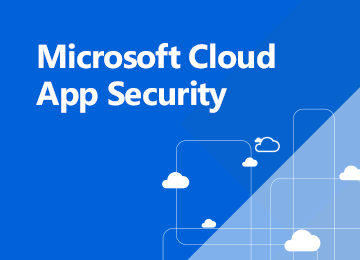WYBRANE SZKOLENIA
{{ item.title }}
(
{{ item.city }} )
{{ item.date }} //
Liczba miejsc
{{ item.quantity }} //
{{ item.code }} / {{ item.code_name }}
Cena brutto {{ item.price | groszeToZlotowki }} {{ item.currency }}
Cena netto {{ item.price | zlotyPriceWithOutTax | groszeToZlotowki }} {{ item.currency }}
Cena netto {{ item.price | zlotyPriceWithOutTax | groszeToZlotowki }} {{ item.currency }}
| +1
DODAJ
USUŃ
Koszyk jest pusty
(x) Schowaj koszyk
KATEGORIE SZKOLEŃ
Rozwiń wszystkie kategorie
Schowaj subkategorie




